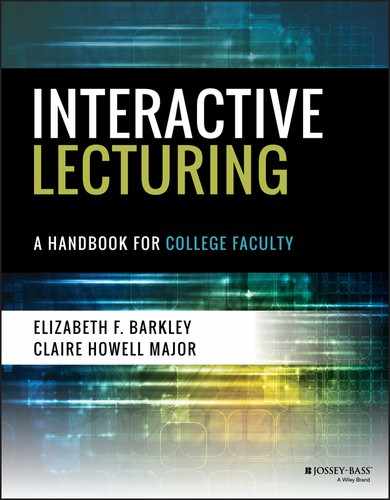ACTIVE LEARNING TECHNIQUE 17
Sketch Notes
| Complexity involved in | |
| Planning | LOW |
| Developing Materials | LOW |
| Implementing in Class | MODERATE |
Description and Purpose
For Sketch Notes, students strive to illustrate the main concepts from a lecture as well as their interrelations. As the author of the Sketch Note Handbook, explains (Rohde, n.d.), Sketch Notes are notes created from a mix of handwriting, drawings, shapes, and visual elements such as boxes, lines, and arrows. The idea behind Sketch Notes is to boil down a large amount of information into a visual representation of words and simple symbols.
Sketch Notes requires students to reconceptualize their notes in a less-linear, more-visual fashion. The process of creating the Sketch Notes helps students think through information in a new way. These notes require students to process the information from the lecture, and this additional processing will improve their learning. Students have to show relations between concepts, and organizing the information in this way can help to cement it in their memories. This technique also helps to provide a visual representation of how students conceptualize the information; thus, it can be a useful assessment technique.
Preparation
- Prepare a handout that illustrates what a Sketch Note looks like. Create your own notes or use existing examples online, which you can find through a Google search. A good place to start is the Sketch Note Army's showcase of Sketch Notes (http://sketchnotearmy.com).
- Prepare some simple instructions for students. You don't want to be overly directive, but students will appreciate some basic tips. Consider the following suggestions from Berman (2011):
- Text. Recording the verbal is quick, direct, and clear and is usually your primary sketch-noting tool. Capture the meaningful quotes and key points, and avoid trying to summarize everything.
- Containers. Simply enclosing words in shapes brings emphasis and structure to an otherwise wild page. Some of the more common containers include (but are not limited to) quote bubbles, boxes, circles, and thought clouds.
- Connectors. Connect ideas and pieces of stories with arrows and lines. A basic chain of thoughts can scintillate around the page and still be clear if they are linked with a simple set of connectors.
- Frameworks. Some presenters will have a very obvious structure to their presentation, but oftentimes the insights may benefit from your own synthesis into an understandable underlying structure or model. Common frameworks include 2 × 2s, Venn diagrams, and continuums.
- Consider the tips in Figure 18.2.

Figure 18.2 Sketch Note Tips
Source: Used with permission of Josh Wever.
- Consider also giving students a few symbols to start. You can do an Internet search for some symbols (try the search term sketch note symbols for ones that are particularly relevant to your discipline or field.
- Also provide students with some ideas about what makes a good Sketch Note (e.g., Figure 18.3).

Figure 18.3 What Makes a Good Sketch Note
Source: Redrawing by Josh Wever of Tanmay Norva's “What Makes a Good Sketch Note” (https://twitter.com/tnvora). Used with permission.
Procedures
- Announce the activity and share a Sketch Note sample with students.
- Proceed with the lecture.
- Provide students with time after the lecture to transform their linear notes and the information they retain in their memories into Sketch Notes. Because of the complexity of creating notes, it can help students to work on them as a homework assignment.
- Collect the notes and review them for relevance and to determine whether you need to follow up in your next lecture with additional information or insights. Consider also having students display their notes so that they may learn from each other.
| Video Lecture | Large Lecture |
| In an online course, ask students to take notes on the video or VoIP lecture by hand. They can then transform them into Sketch Notes. If they draw their Sketch Notes by hand, they can scan or take a picture, and send them to you. There are also several online drawing tools that enable students to take notes digitally, such as Sketchbook X, Paper, and Flipink. Some students will enjoy using these, but others will likely prefer to sketch by hand. | Use this as an assignment for a single lecture, or consider having students create a single Sketch Note for a broad concept that connects a series of lectures. Have students submit their Sketch Notes as they do other assignments. If using an LMS, for example, have students scan or photograph their projects and upload them as a jpeg or PDF. |
Examples
College and University Teaching (Lecture)
This course engages students in intensive study of the issues, policies, and principles associated with teaching in higher education. Topics addressed in the course include history and philosophy of college teaching, internal and external influences on instruction, faculty and students, instructional models and methods, documenting and assessing teaching, and instructional improvement.
This course is a doctoral-level seminar, which in this case comprises a group of advanced students studying under a professor with each doing original research and all exchanging results through reports and discussions. The professor presents a short lecture at each session, students engage in discussion, and students do individual research between meetings.
Following are one student's Sketch Notes from two class sessions in which the professor lectured and the student captured the key ideas in Sketch Notes. The first two notes (Figures 18.4 and 18.5) were from a class session describing the knowledge teachers need for teaching and the interplay between content knowledge and pedagogical knowledge, illustrating what happens when one side is not as developed as the other. The third figure (18.6) is from a class session focused on learning that depicts surface-learning versus deep-learning approaches.

Figure 18.4 Two Types of Knowledge Needed for Teaching
Source: Used with permission of Josh Wever.
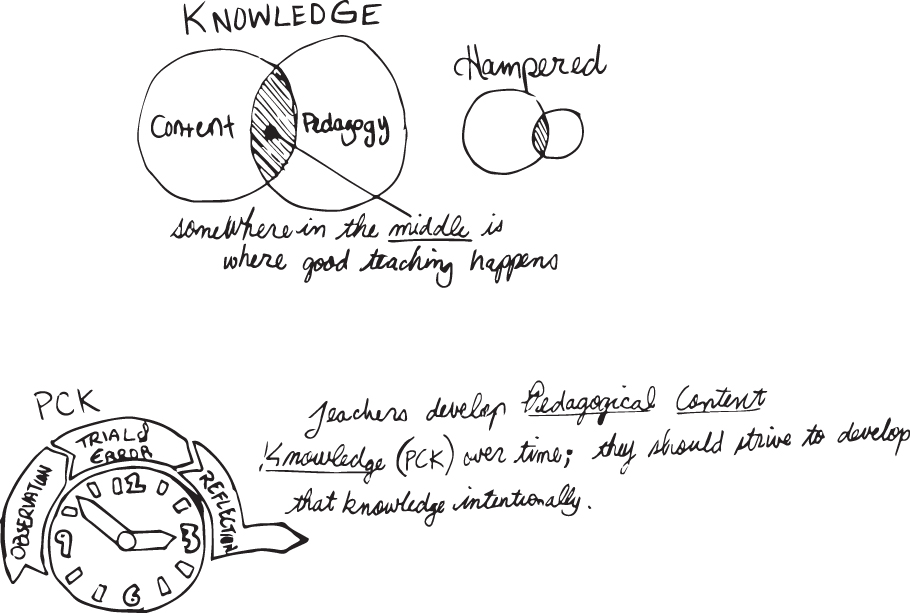
Figure 18.5 Interplay between Content Knowledge and Pedagogical Knowledge
Source: Used with permission of Josh Wever.
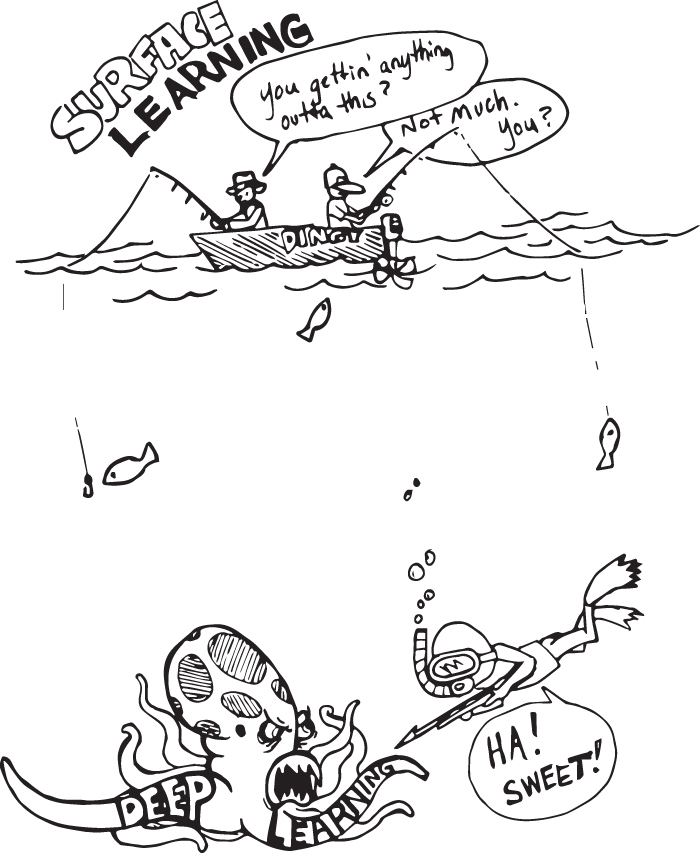
Figure 18.6 Surface-Learning versus Deep-Learning Approaches
Source: Used with permission of Josh Wever.
Introduction to Leadership (Large Lecture)
In this large lecture course, the two-hour course is divided into two sections, each of which meets for one hour: the first is the large lecture and the second is a learning community of eleven to twelve students each, led by an upperclass student.
During lecture presentations, the professor presents an overview of various topics related to leadership. Students are encouraged to take notes. During one of the learning community sessions, the class leaders asked students to create Sketch Notes from their lectures. They gave students paper and colored pens. The students recast their notes into Sketch Notes, which ranged in quality from elaborate to rather simple, as in the example shown in Figure 18.7.
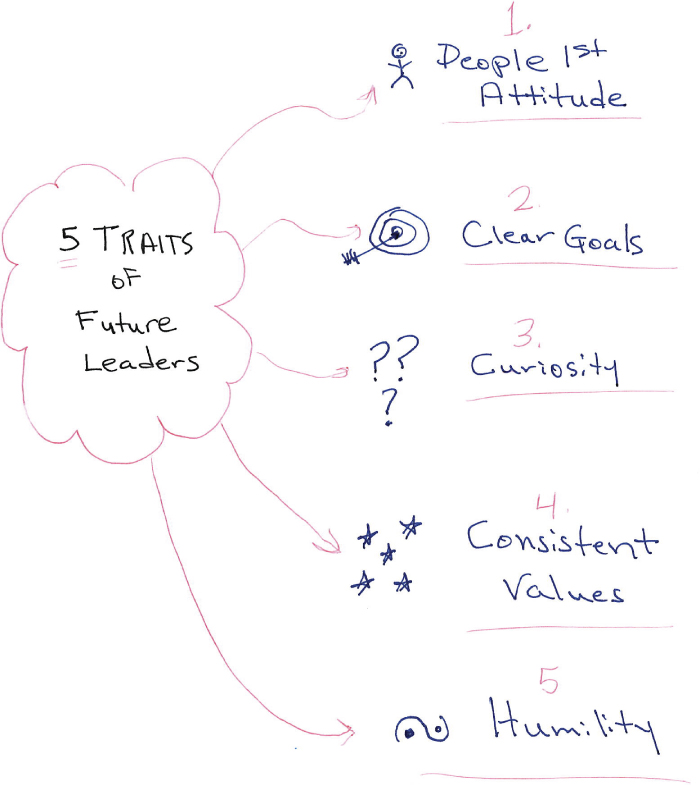
Figure 18.7 Introduction to Leadership Sketch Note Example
Survey of World Music (Video Lecture)
This online course is a survey of world music styles that traces various non-Western music genres from their roots in the ethnic traditions of a specific culture through their evolution into new forms that retain relevance in contemporary society. In an effort to help students identify the core concepts in the lectures, the professor assigned students to construct a Sketch Note on a topic of their choice. One student chose the music of South Africa (see Figure 18.8) and integrated the historical context of colonialism and apartheid with specific music styles, indicating their connection to popular music such as Paul Simon's Graceland and Disney's The Lion King. In her post-assignment reflections, the student shared how the Sketch Note helped her pull together these elements at a macro level that clarified and deepened her understanding. Another student chose the music of India (see Figure 18.9) and used his Sketch Note to compare and contrast stylistic elements between the South and North. He shared how at first he had resisted doing the assignment because he didn't have artistic skills, but that once he completed it, he was pleased with how the Sketch Note helped him organize the main concepts he wanted to remember regarding Indian music.

Figure 18.8 World Music Sketch Note: Music of South Africa
Source: Used by permission of Leilani Ortez.
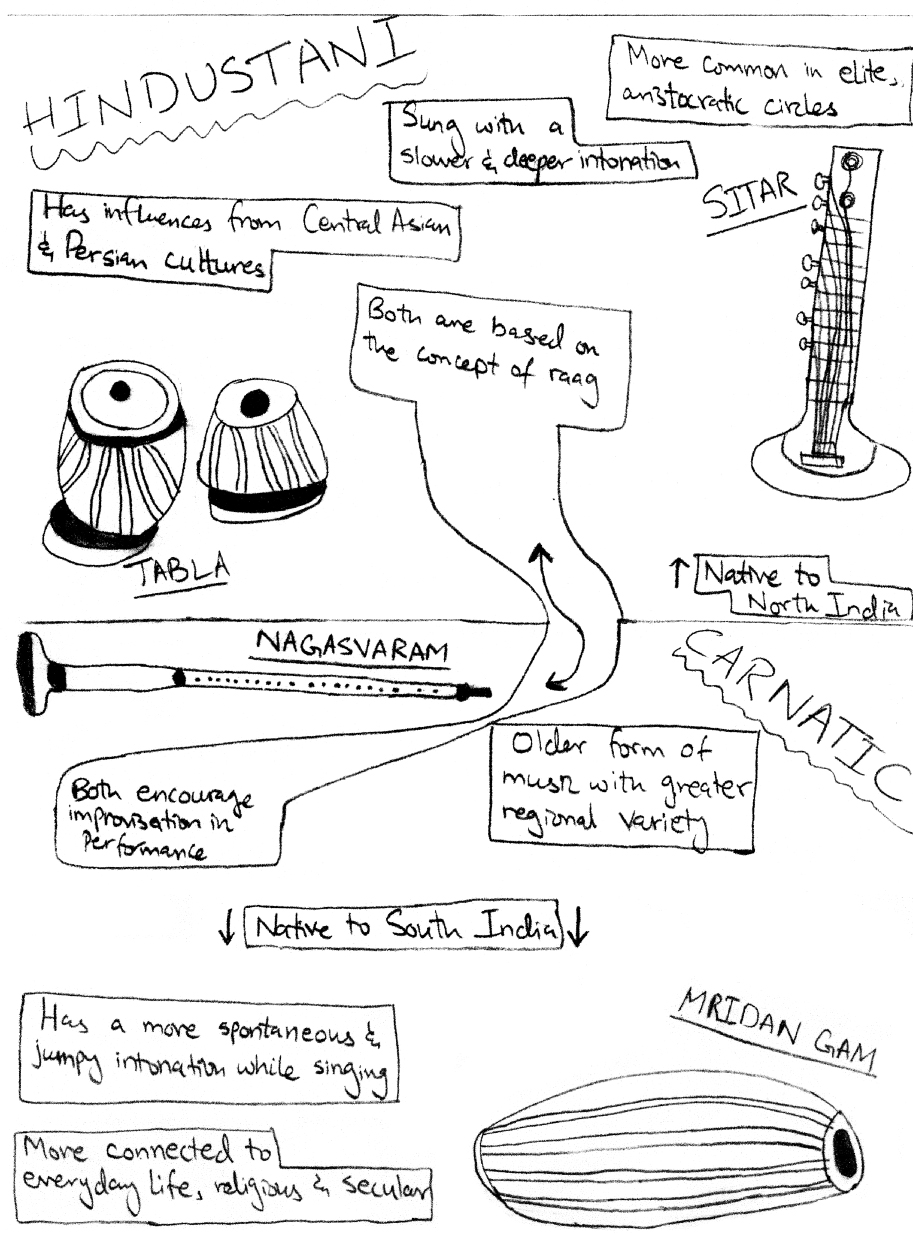
Figure 18.9 World Music Sketch Note: Music of India
Source: Used by permission of Syed Muhammed Masud.
Variations and Extensions
Sketch Notes can feel overwhelming for some students, particularly those who have difficulty succinctly summarizing and then organizing a substantial amount of information or alternately for those who feel that they lack artistic ability. You may want to scaffold the Sketch Notes activity by giving them a simple template for sketching out the main ideas.
| Template for Beginning Sketch Notes | ||
| Sketch | Main Idea | |
| 1 | ||
| 2 | ||
| 3 | ||
- You may want to ask students to start Sketch Notes by making a storyboard of their ideas (see Figure 18.10). This is an intermediate step between linear notes and Sketch Notes.
- Sketch Notes are at their heart a kind of mind map, so you could substitute a basic concept map with simple drawings to illustrate the main concept and connecting ideas.
- Instead of having students create the notes, provide your notes to students as Sketch Notes rather than as more linear notes. This variation requires students to think about your notes more than they would by receiving full copies of the lecture transcript.

Figure 18.10 Template for Storyboarding
Observations and Advice
Some students will love this technique, and others will instantly decide that it is not for them. It is often good for students to stretch to try new things, but be sure to give students plenty of space for imperfection. Stress that the idea is visual communication, which can be done with text and boxes alone, rather than artistic representation.
Key References and Resources
- Barkley, E. F., & Major, C. H. (2016). Learning assessment techniques: A handbook for college faculty. San Francisco, CA: Jossey-Bass.
- Berman, C. (2011). Sketchnotes 101: The basics of visual note-taking. Retrieved from www.core77.com/posts/19678/sketchnotes-101-the-basics-of-visual-note-taking-19678
- Rohde, M. (n.d.). The sketchnote handbook. Retrieved from http://rohdesign.com/book/
